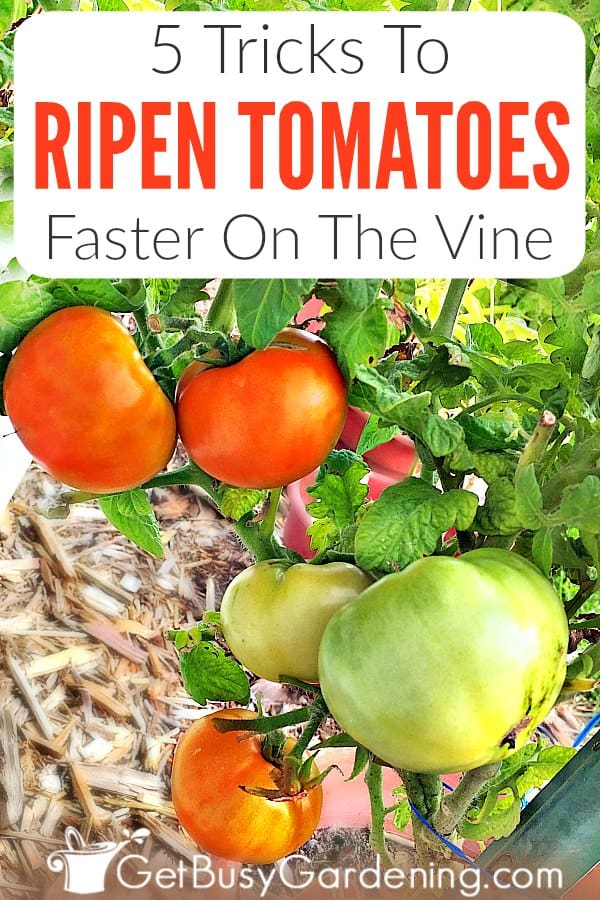Growing strawberries can be a delightful and rewarding experience for any gardener, but it’s not without its challenges. One crucial mistake can be the selection of an unsuitable variety for your climate and needs. Understanding how to choose the right type of strawberry is essential for a bountiful harvest.
Many gardeners eagerly anticipate the sweet, juicy taste of home-grown strawberries. However, the key to successfully harvesting these fruits lies in avoiding common pitfalls. Let’s delve into how to pick the perfect strawberry variety and ensure a thriving garden.
How to Avoid Common Mistakes When Growing Strawberries?
Many gardeners learn the hard way that not all strawberries are created equal. To avoid common mistakes, consider factors such as your local climate, soil conditions, and the level of care you can provide. Remember, some varieties require more attention than others.
Moreover, planting at the correct depth is vital. Strawberries planted too deep may rot, whereas those planted too shallow could dry out. Another common error is overlooking the importance of spacing, which allows for adequate air circulation and reduces the risk of fungal diseases.
Pest and disease control is also critical. Slugs, birds, and other garden pests enjoy strawberries as much as we do. Protective netting and organic pest control methods can help safeguard your crop. Lastly, be sure to rotate your strawberry crops to prevent soil-borne diseases.
What Are the Different Types of Strawberries?
Strawberries fall into three main categories: Junebearing, everbearing, and day-neutral. Junebearing strawberries yield a large single crop each year in late spring or early summer. These are often the largest and most flavorful berries.
Everbearing varieties can produce two to three harvests during the spring, summer, and fall, although the fruits are generally smaller. Day-neutral strawberries are unique in their ability to bear fruit consistently throughout the growing season provided temperatures remain between 35 and 85 degrees Fahrenheit.
When choosing between these types, consider your desired harvest timing and how much effort you want to invest in care throughout the growing season.
Why Is Choosing the Right Strawberry Type Important?
Selecting the correct strawberry variety is not just a matter of taste preference. It’s about ensuring optimal growth and yield. The right type for your region will be naturally more resistant to local pests and diseases, reducing the need for interventions.
Your choice also determines when and how often you will harvest. For instance, Junebearing strawberries may require more intensive picking during their short harvest season, while everbearing and day-neutral plants offer a more spread out harvesting period.
Furthermore, the choice impacts the space required. Some varieties spread more vigorously and will need more room to grow, while others are more compact, which is an important consideration for gardeners with limited space.
What Is the Best Strawberry Variety for Your Region?
The best strawberry variety for your area depends on your local climate and soil conditions. In general, Junebearing strawberries are well-suited for colder regions due to their winter hardiness. Meanwhile, everbearing and day-neutral varieties thrive in milder climates.
It’s essential to consult local nurseries or agricultural extension services for advice on the best varieties for your area. They can provide insights into the types that have proved successful for other local gardeners.
- For cooler climates: Look into Junebearing varieties like ‘Honeoye’ or ‘Allstar’.
- For warmer areas: ‘Albion’ or ‘San Andreas’ day-neutral varieties may be ideal.
- In regions with extreme temperatures: Everbearing ‘Ozark Beauty’ may be a robust choice.
How to Properly Care for Everbearing Strawberries?
Everbearing strawberries require regular care to maintain their prolonged fruiting periods. This includes consistent watering, especially during dry spells, to keep the soil moist but not waterlogged.
Fertilization is another important aspect. A balanced fertilizer applied during the growing season can promote healthy growth and fruit production. However, avoid over-fertilizing as this can lead to excessive leaf growth at the expense of fruit.
Pollination is also a factor to consider. While strawberries are self-fertile, attracting pollinators like bees can increase yields.
Mulching with straw or pine needles helps retain moisture, control weeds, and protect the plants during winter. Lastly, regular pruning of spent leaves and runners will encourage fruit production over leaf growth.
What Are the Benefits of Growing Day-Neutral Strawberries?
Day-neutral strawberries are a popular choice for many gardeners due to their extended fruiting season. They are less sensitive to the length of day, allowing for continuous fruit production from early summer until the first frost.
These versatile berries are also well-suited for container gardening and can be a great option for those with limited space. By producing a steady supply of fruit, day-neutrals are perfect for home gardeners who enjoy fresh strawberries over a longer period.
Additionally, day-neutral strawberries tend to have a more consistent size and flavor profile throughout the season, providing a reliable crop for culinary use.
How to Maximize Your Strawberry Harvest?
Maximizing your strawberry harvest involves understanding the needs of your chosen variety. Starting with healthy plants and the right soil conditions sets the stage for a successful yield.
Regular maintenance, such as removing weeds and thinning out crowded beds, allows your strawberries to access the nutrients and sunlight they need. Consistent watering, particularly during dry periods, is vital to prevent stress on the plants.
Proper timing of fertilization is also essential. A high-potassium fertilizer applied after harvesting can promote strong root development and better fruit production in the following year.
Lastly, protecting your strawberries from birds and pests with nets or organic repellents will ensure you get to enjoy the fruits of your labor.
Related Questions on Growing Strawberries
What Are the Best Types of Strawberries to Grow?
The best types of strawberries to grow depend on your specific goals and growing conditions. For a large, concentrated harvest, Junebearing varieties are ideal. For a continuous supply, day-neutral or everbearing strawberries may be more suitable.
Be sure to research varieties that have proven successful in your region and align with your personal preferences for flavor, size, and care requirements.
What to Avoid When Growing Strawberries?
Avoid planting strawberries in areas with poor drainage or where tomatoes, peppers, or potatoes have been grown previously, as these could harbor soil pathogens. Also, refrain from overwatering and overfertilizing, which can lead to poor fruit production.
Mistreating the delicate root system is another common error. Be gentle when planting and maintaining your strawberry garden to ensure the best possible growth.
What Is the Secret to Growing Strawberries?
There’s no single secret to growing strawberries, but success often comes down to proper variety selection, soil preparation, and consistent care. Maintaining a balance of sunlight, moisture, and nutrient-rich soil is crucial.
Regularly checking for pests and diseases and addressing any issues promptly can also make a significant difference in the health and yield of your strawberry plants.
Which Is Better, Everbearing or June-Bearing Strawberries?
Whether everbearing or June-bearing strawberries are better depends on your gardening goals. For a single, large harvest, June-bearing varieties are preferred. If you desire a spread-out harvest and smaller, but more frequent berries, everbearing varieties may be more advantageous.
Consider your climate, available space, and how much time you can dedicate to your garden when making this decision.
Incorporating these considerations and tips into your strawberry gardening approach will help ensure a fruitful and enjoyable harvest. Remember, the joy of gardening comes as much from the process as it does from the delicious fruits of your labor.





